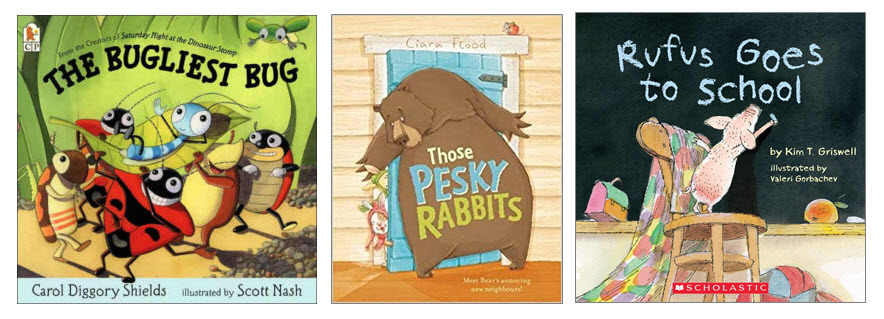3 Ways that Reading Aloud Builds Life Skills
March 11, 2019 | Reading Aloud
Did you know that a love of reading and books introduces life skills that can benefit your child for their entire life? It’s been well-documented that that early literacy prepares children for academic success, but reading and being read to can also help children of all ages develop important social behaviors such as good communication, teamwork, problem solving skills, and seeing things from another person’s perspective. New research is showing that these “soft” skills are just as important as language and literacy in preparing children to succeed in school and life.
Children’s books and reading to children have been identified as important tools for introducing and developing these skills by:
Demonstrating social skills
Books and family reading time may be a child’s first introduction to social concepts like sharing, kindness, and diversity. Children’s books can support and teach these and other social behaviors, such as the importance of understanding and appreciating different people and ideas and being a good communicator and listener. Characters in books usually display good social skills, but even the characters displaying poor social habits can teach children about the types of behaviors that may not be considered appropriate.
Developing emotional intelligence
Reading and being read to can stimulate a variety of emotions, and this helps children develop their ability to recognize and respond to feelings in themselves and others. Research has shown that readers as young as five are better at understanding others and displaying empathy than non-readers. Reading and storytelling helps children develop these skills by allowing them to experience different situations and supports them in learning how to handle events and emotions.
Teaching teamwork and problem solving
Stories about characters that have successfully overcome challenges can model positive problem solving behavior to young readers. Many times, characters have to put differences aside and work together in order to reach a goal. Children’s books offer great lessons on the skills needed for successful teamwork that are important at any stage in life: good communication, being open to different ideas, and understanding that everyone plays an important role.
The next time you read a story to your child, keep an eye out for how the book has presented these and other behaviors.

Here are some ideas for helping your child make the connection between the story and real life:
- Ask your child questions about how a character reacts to challenging events in a book.
Damselfly Dilly’s quick thinking saves the day in The Bugliest Bug by Carol DiggoryShields. Stories such as this can be used to encourage your child to share their own ideas for how to overcome a problem. - Talk with your child about how they might have responded to the events in a book.
For example, Bear is grumpy and rude to his new neighbors but learns to see things differently in Ciara Flood’s Those Pesky Rabbits. You might ask your child why Bear acted that way and what they would have done in that situation. - Identify good practices.
There are some great examples of perseverance and friendliness, as well as lighthearted illustrations of how not to behave in Kim T. Griswell’s Rufus Goes to School. Stories such as this model both good and silly social behaviors and you might ask your child to identify which is which while reading the story.
Happy reading!
Additional Resources
Books about Empathy and Compassion for Young Readers
